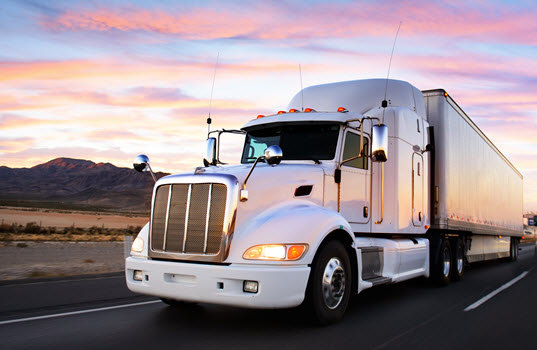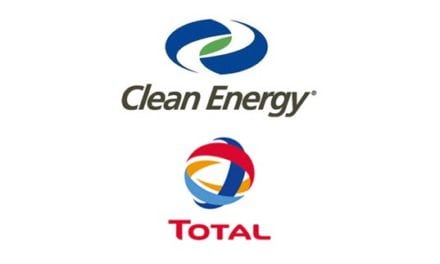Research shows that for the first time, more than half of all diesel commercial vehicles on the road in the US are advanced diesel technology models. The Diesel Technology Forum (DTF) is breaking the news today based on IHS Markit data of vehicles in operation as of December 2021 that it commissioned.
The data examines the number of 2010+ model year diesel trucks operating today. They’re equipped with advanced diesel engines that minimize the production of emissions through efficient combustion, while controlling remaining emissions through advanced technologies including particulate filters, oxidation catalysts, and selective catalytic reduction systems. This enables new diesel trucks to achieve near-zero emissions with increasing fuel efficiency and lower CO2 emissions.
Diesel is the most energy-efficient internal combustion engine and the prime mover for key sectors of our global economy such as transportation, agriculture, and mining.
In previous research commissioned for DTF, AutoForecast Solutions found that increasing the numbers of advanced diesel technology trucks on the road will eliminate more than 1.3 billion tonnes of CO2 during this decade.
“This is great news for our environment and economy. It shows that our nation’s truckers, and commercial fleet owners, are choosing advanced diesel technology, up 4.2% over the previous year. That’s because of its solid track record of performance, reliability, and durability. Advanced diesel technology trucks will continue to dominate the market for these reasons, and many more, for years to come,” says DTF Executive Director Allen Schaeffer.
Schaeffer says he’s confident in diesel’s future dominance because those same advanced diesel engines, as well as older diesel engines, are capable of running on low-carbon renewable biofuels. Taken together, these elements make diesel technology part of the solution to reducing greenhouse gas (GHG) emissions. They lower GHG and other emissions 20-80% compared to conventional diesel fuel.
As he recently testified to the U.S. Environmental Protection Agency, the latest generation of advanced diesel technology is a success story. The technology, standard in commercial trucks on the road since 2011 and farm and construction equipment since 2014, has achieved more than 98% reduction in nitrogen oxides (NOx) and particulate matter (PM). Since 2011, this has translated into saving more than 20 billion gallons of fuel, along with associated emissions benefits (preventing 202 million metric tons of GHG emissions and 27 million metric tons of NOx emissions).
Commercial trucks aren’t the only vehicles increasingly utilizing advanced diesel technology. It’s a top choice for school and transit buses, too.
The IHS Markit data shows 58% of our country’s school buses utilize advanced diesel technology now, as well as 47% of transit buses.
“Even as manufacturers begin to develop zero emission technologies, there is a consensus that diesel technology will continue to dominate the heavy-duty commercial trucking sector for decades to come. The increasing adoption of this newest generation of diesel technology and transition away from older generations of technology is the fastest way to realize our national goals of cleaner air and lower greenhouse gas emissions,” says Schaeffer.









